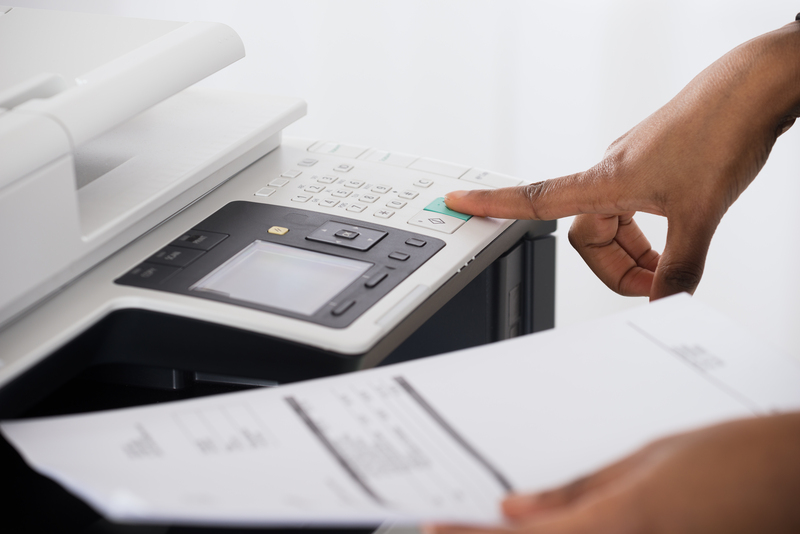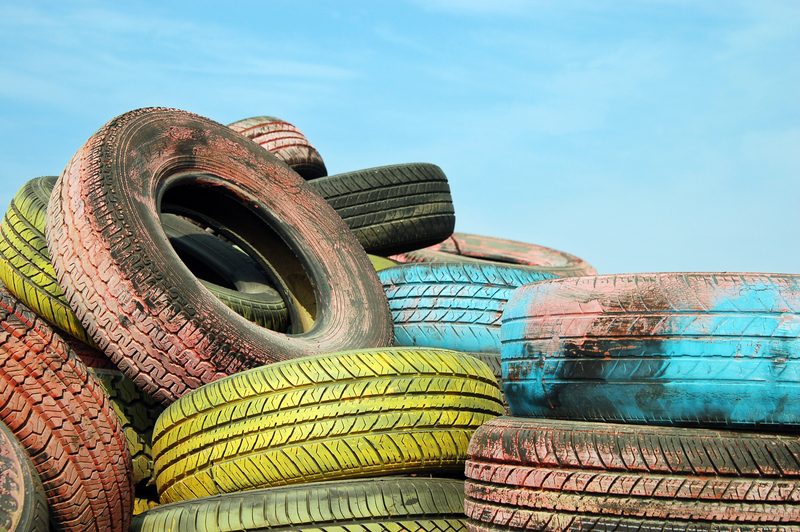Artistic Reuse: Transform Discarded Materials into Unique Masterpieces
In today's fast-paced consumer society, we generate mountains of waste--much of which ends up polluting our environment. But what if that discarded trash is actually a treasure trove in disguise? Welcome to the world of artistic reuse, where everyday objects are transformed into captivating works of art. This article explores the rising movement of creative recycling, the artistry of upcycling discarded materials, and guides you on how to craft your own unique masterpieces from items once considered useless.
What Is Artistic Reuse?
Artistic reuse, also known as creative upcycling or repurposed art, is the process of transforming unwanted, discarded, or recycled materials into unique masterpieces. Unlike traditional recycling--which often breaks materials down to their raw forms--artistic reuse focuses on repurposing or reimagining materials in ways that highlight their previous lives, bringing beauty and personal expression to what would otherwise be thrown away.
- Reduces landfill waste
- Promotes eco-friendly art
- Fosters creativity and resourcefulness
- Creates intriguing, one-of-a-kind pieces
- Sparks social conversations about consumption
Why Is Artistic Reuse Important Today?
As the climate crisis intensifies, sustainable practices become more urgent. Millions of tons of plastics, metals, fabrics, and electronics are discarded every year. Artistic reuse offers an inspiring way to combat environmental damage while embracing innovation. By giving new purpose to old objects, artists contribute to a circular economy, conserve resources, and shift public perceptions about what is valuable.

Famous Examples of Artistic Reuse in History and Today
Some of the world's most celebrated artists have used creative reuse to make their mark. Below, discover how they revolutionized art--and how you can, too!
Pablo Picasso and the Birth of Assemblage
The Spanish painter Pablo Picasso pioneered the art movement known as assemblage by combining discarded materials--cardboard, pieces of wood, bottle tops, metal scraps--into extraordinary sculptures. His iconic guitar sculptures, made from sheet metal and wire, set the stage for generations of recycled art.
Marcel Duchamp's Readymades
Marcel Duchamp challenged ideas of what constitutes art by repurposing industrial objects as "readymades." His infamous Fountain (a porcelain urinal) forced the world to rethink the boundaries between art and everyday life, showing the transformative power of context and imagination.
Contemporary Artistic Upcyclers
- Vik Muniz: Renowned for recreating famous images from sugar, chocolate syrup, and landfill trash, Vik Muniz shines a light on poverty and waste.
- El Anatsui: This Ghanaian artist uses thousands of discarded bottle caps and metal scraps to create monumental, tapestry-like installations.
- Jane Perkins: Famous for intricate portraits made from buttons, shells, and LEGO pieces, Perkins gives new life to seemingly useless bits and bobs.
- Michelle Reader: British artist Michelle Reader crafts imaginative animal sculptures using broken toys, mechanical parts, and everyday throwaways.
Through their inspiring work, these artists have turned trash into treasured masterpieces, proving that artistic reuse is a powerful force for both cultural and environmental change.
Types of Discarded Materials Used in Artistic Reuse
Almost any material can be repurposed through creative recycling. Some of the most popular include:
- Plastic Bottles: Transformed into jewelry, lighting fixtures, or colorful sculptures.
- Old Textiles: Worn clothes and discarded fabrics are perfect for patchwork art and fabric collages.
- Metal Scraps: Nuts, bolts, soda cans, and wires create steampunk-style or abstract art pieces.
- Glass: Broken mirrors and bottles become mosaics and shimmering artworks.
- Paper & Cardboard: Used for papier-mache, origami, or as the base of mixed media projects.
- Wood: Pallets, branches, driftwood, and old furniture can be crafted into sculptures or rustic decor.
- Electronics: Motherboards, circuit boards, and wires become futuristic tech-art installations.
Unusual and Surprising Materials in Artistic Upcycling
Some artists push the boundaries of imagination by incorporating extraordinary found objects:
- Chewed gum: Artist Ben Wilson turns discarded gum into tiny sidewalk paintings.
- Used tea bags: Ruby Silvious creates delicate paintings on dried tea bag paper.
- Discarded shoes, plastic toys, kitchen utensils, bicycle parts--if it's been thrown away, someone has likely made art from it!
Benefits of Artistic Reuse: Why Should You Try It?
Artistic reuse isn't just for professionals or environmentalists--it's for anyone who wants to make a difference, have fun, and express themselves. Here's why it's worth exploring:
- Environmental Impact: Diverting materials from landfills helps fight pollution, conserves raw resources, and reduces your carbon footprint.
- Creative Challenge: Working within the constraints of available materials can spark innovative solutions and inspire unparalleled creativity.
- Unique Masterpieces: Your artworks are truly one-of-a-kind, full of personal meaning and unconventional beauty.
- Cost Savings: Repurposing what you already have is budget-friendly and accessible to all.
- Education: Artistic reuse teaches children and adults environmental responsibility and hands-on problem-solving.
How to Start Your Own Artistic Reuse Project
Ready to dive into the world of artistic upcycling? Here's a comprehensive step-by-step guide for beginners and seasoned crafters alike.
1. Gather Your Discarded Materials
- Collect items destined for the trash or recycling bin. Look for plastics, fabrics, glass, paper, metals, and old tools.
- Ask friends, neighbors, and local businesses if they have items to donate.
- Search secondhand stores, flea markets, and salvage yards for unique finds.
2. Get Inspired
- Browse online galleries, social media, and books about upcycled art.
- Visit museums and public installations that highlight recycled masterpieces.
- Pin ideas to a mood board or sketchbook.
3. Plan Your Artwork
- Consider what story or message you want to tell. Let the materials inspire your concept!
- Experiment with arrangement and composition before gluing or assembling anything permanent.
- Map out your steps if you're making a large or multi-material piece.
4. Prepare and Clean Your Materials
- Wash, sanitize, and dry items as needed, especially plastics and glass.
- Remove labels, adhesives, and any sharp edges for safety.
- Sort materials by type to make assembly easier.
5. Select Your Tools and Techniques
- Basic upcycling art tools include scissors, glue guns, pliers, paint, wire, and needle/thread.
- Explore adhesives, fasteners, sewing, welding, or even digital manipulation, depending on materials.
6. Bring Your Vision to Life
- Begin assembling, stitching, gluing, or welding your components, adjusting as you go.
- Don't be afraid to improvise or let the materials "direct" the artwork's final shape.
- Allow plenty of drying time if you're using paint, glue, or sealant.
7. Share and Celebrate
- Display your finished artistic reuse masterpiece at home, in local galleries, or community events.
- Share your process and outcome on social media to inspire others.
- Consider donating or selling pieces to benefit environmental causes.
Tips and Tricks for Successful Artistic Upcycling
- Start Small: Don't worry about complex projects at first--try jewelry, collages, or simple assemblages.
- Safety First: Always wear gloves, goggles, and masks when cutting, sanding, or working with found metals and glass.
- Keep an Open Mind: Let spontaneous discoveries guide your process. Artistic reuse is about exploration!
- Join the Community: Connect with local makerspaces, art collectives, and online forums dedicated to recycled creations.
- Mistakes Are Opportunities: A "mistake" might transform your vision--embrace happy accidents and imperfection.
Educational and Community Impact of Artistic Reuse
Beyond individual creativity, creative upcycling has a ripple effect:
- Educational Programs: Schools and nonprofits use artistic reuse to teach kids about sustainability, teamwork, and artistic expression.
- Community Art Installations: Large-scale murals and sculptures built by communities foster pride, raise environmental awareness, and beautify public spaces.
- Fundraising: Recycled art auctions and exhibitions support environmental charities and grassroots initiatives.

Showcasing Your Recycled Masterpieces
Your journey into artistic reuse doesn't end at home. Here's how to spread the joy:
- Social Media: Instagram, Pinterest, and Facebook are perfect platforms for sharing process videos, before-and-after shots, and tutorials.
- Exhibitions and Fairs: Look for local art festivals, environmental events, or libraries that accept eco-art submissions.
- Online Galleries: List your pieces on Etsy, Artfinder, or personal websites dedicated to sustainable art.
- Community Projects: Collaborate with local groups to create murals, installations, or public functional art from recycled materials.
Final Thoughts: The Endless Potential of Artistic Reuse
In a world confronted by climate challenges and consumer excess, artistic reuse is a shining example of human ingenuity. It's a practice where eco-consciousness meets bold, accessible self-expression--a place where you can transform discarded materials into unique masterpieces that delight, inspire, and enact real change.
Wherever you are on your creative journey, the next great work of art could be hiding in your recycling bin or destined for the dump. So, gather your cast-offs, let your imagination soar, and join a global community that's crafting a better world--one masterpiece at a time.
Ready to Begin?
Pick up that plastic bottle, worn-out sweater, or broken gadget and look at it with new eyes. Your unique, upcycled masterpiece awaits!